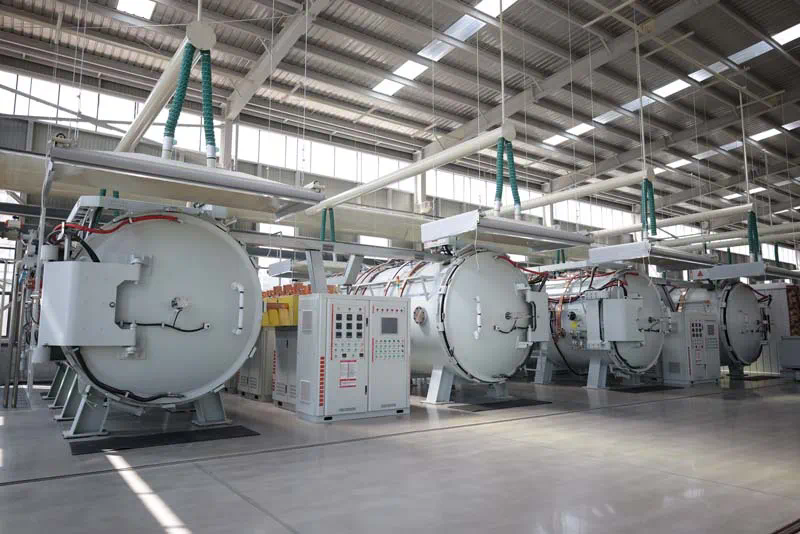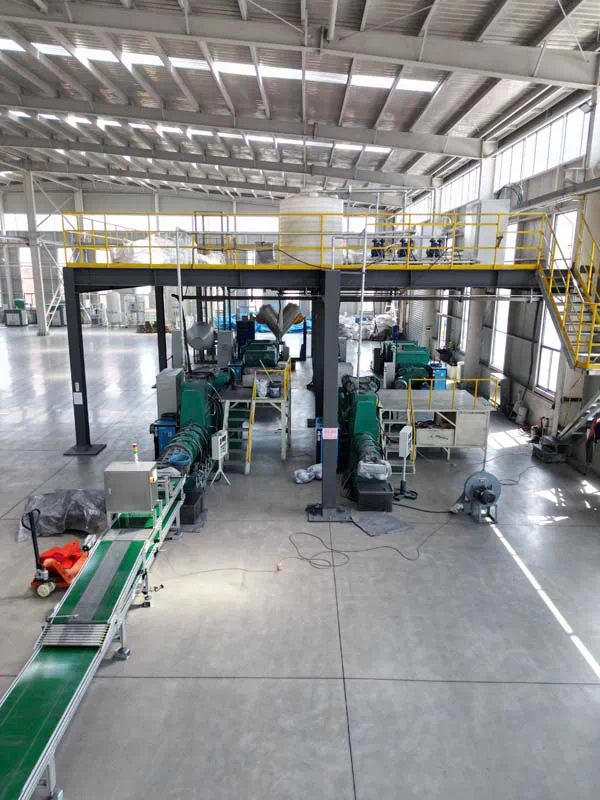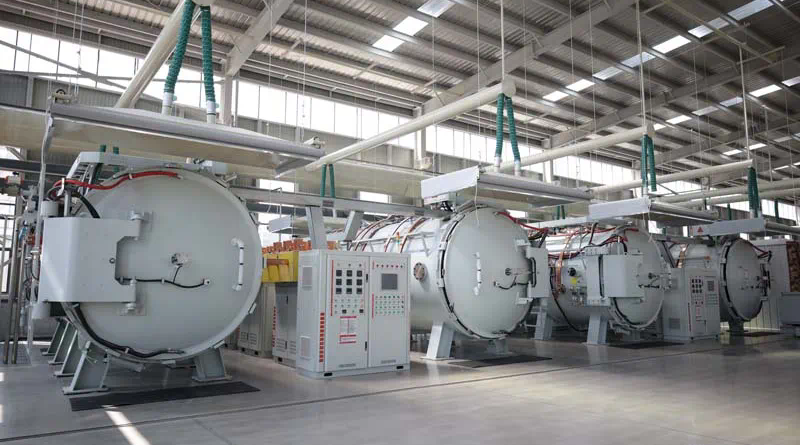Comparative analysis of silicon carbide and traditional silicon materials
Silicon Carbide vs. Traditional Silicon Materials: A Comprehensive Comparative Analysis
Silicon, as a cornerstone of modern electronics and semiconductor technology, has undergone significant evolution since its discovery. Traditionally, silicon has been the dominant material due to its abundant availability and well-understood properties. However, in recent decades, silicon carbide (SiC) has emerged as a promising alternative, offering unique characteristics that could potentially revolutionize various industries, from power electronics to automotive applications. This article aims to provide a detailed comparative analysis of silicon carbide and traditional silicon materials, exploring their properties, applications, advantages, and challenges.
Overview of Silicon and Silicon Carbide
Silicon: Properties and Applications
Silicon, a semiconductor with atomic number 14, is widely used in integrated circuits (ICs) and photovoltaic (PV) solar cells due to its excellent electrical properties. Its crystalline structure and intrinsic properties make it ideal for creating microchips and other electronic components. Silicon’s abundance in nature and relatively low cost have historically made it the material of choice for semiconductor manufacturing.
Silicon Carbide: Properties and Applications
Silicon carbide, a compound of silicon and carbon with chemical formula SiC, exhibits remarkable properties that differentiate it from silicon. SiC exists in several crystalline forms, each offering unique electrical, thermal, and mechanical properties. Its wide bandgap and high thermal conductivity make it suitable for high-power applications, including power electronics, aerospace, and high-temperature environments.
Comparative Analysis: Electrical Properties
Bandgap and Electrical Conductivity
Silicon carbide boasts a significantly wider bandgap (2.2-3.3 eV depending on polytype) compared to silicon (1.1 eV). This property enables SiC devices to operate at higher voltages and temperatures without significant leakage currents, enhancing efficiency and reliability in power electronics. Silicon, while adequate for lower-power applications, faces limitations in high-voltage and high-temperature scenarios due to its narrower bandgap.
Breakdown Voltage and Power Handling
The breakdown voltage of silicon carbide devices far exceeds that of silicon devices. SiC’s superior breakdown strength allows for the development of compact, high-voltage devices capable of handling greater power densities. This advantage makes SiC particularly attractive for applications in electric vehicles (EVs), renewable energy systems, and industrial motor drives where efficiency and size are critical factors.
Thermal Properties and Heat Management
Thermal Conductivity
Silicon carbide exhibits exceptional thermal conductivity (3-4 times higher than silicon), enabling efficient heat dissipation in electronic devices. This characteristic reduces thermal resistance and allows for higher power densities and reliability in SiC-based electronics. In contrast, silicon’s lower thermal conductivity limits its ability to manage heat effectively, especially in high-power applications where thermal management is crucial for device longevity and performance.
Temperature Stability and Reliability
SiC devices demonstrate superior temperature stability and reliability compared to silicon counterparts. The material’s robustness at high temperatures (up to 600°C and beyond) minimizes thermal-induced stress and improves overall device performance and longevity. This attribute is particularly advantageous in automotive and aerospace applications where components must endure extreme environmental conditions without compromising operational efficiency.
Material Properties: Mechanical and Chemical
Mechanical Strength and Durability
Silicon carbide’s inherent hardness and mechanical strength surpass those of silicon, making it resistant to mechanical wear and damage. This property enhances the durability and reliability of SiC-based devices in harsh operating environments, such as industrial machinery and power distribution systems. Silicon, while less robust mechanically, remains sufficient for applications where mechanical stresses are minimal or controlled.
Chemical Stability and Corrosion Resistance
SiC exhibits excellent chemical stability and corrosion resistance, even in acidic or alkaline environments. This property makes it suitable for applications where exposure to harsh chemicals or environmental conditions could compromise device performance or longevity. Silicon, though chemically stable under normal conditions, may require protective coatings or encapsulation to mitigate potential degradation in corrosive environments.
Applications and Market Trends
Power Electronics and Renewable Energy
Silicon carbide’s superior electrical and thermal properties have positioned it as a key enabler in the transition towards more efficient and compact power electronics. The adoption of SiC-based devices in inverters, converters, and power modules for renewable energy systems (e.g., solar and wind) promises higher efficiency, reduced system costs, and increased reliability compared to traditional silicon solutions.
Automotive and Transportation
The automotive industry represents another significant growth area for silicon carbide. EV manufacturers are increasingly turning to SiC-based power electronics to enhance vehicle performance, extend driving range, and reduce charging times. SiC’s ability to operate at higher temperatures and voltages enables the development of next-generation EV powertrains capable of delivering higher power densities and improved energy efficiency.
Challenges and Future Outlook
macrocosmmaterial Manufacturing Complexity and Cost
Despite its promising attributes, silicon carbide remains more challenging and costly to manufacture compared to silicon. The production of high-quality SiC wafers and devices involves specialized processes such as chemical vapor deposition (CVD) and advanced doping techniques. As manufacturing technologies mature and economies of scale improve, the cost disparity between SiC and silicon is expected to narrow, facilitating broader adoption across various industries.

Material Integration and Standardization
Integrating silicon carbide into existing semiconductor manufacturing processes and supply chains presents logistical and standardization challenges. The compatibility of SiC devices with established packaging and assembly techniques, as well as the availability of reliable supply sources, are critical factors influencing market adoption and scalability. Industry efforts to standardize SiC device specifications and manufacturing practices are underway to cdn cgi email protection streamline integration and reduce barriers to entry.
Conclusion
In conclusion, silicon carbide represents a disruptive force in semiconductor technology, offering superior electrical, thermal, and mechanical properties compared to traditional silicon materials. While silicon remains ubiquitous in low-to-moderate power applications, the emergence of SiC has catalyzed innovation across diverse sectors, from power electronics and automotive to renewable energy and aerospace. As manufacturing capabilities advance and economies of scale improve, silicon carbide is poised to play a pivotal role in shaping the future of high-performance electronics and sustainable technologies.
Through this comprehensive comparative analysis, the distinct advantages and potential challenges of silicon carbide and traditional silicon materials have been examined in depth, providing valuable insights into their respective roles in the evolving semiconductor landscape.

https://tmsmicro.com/
